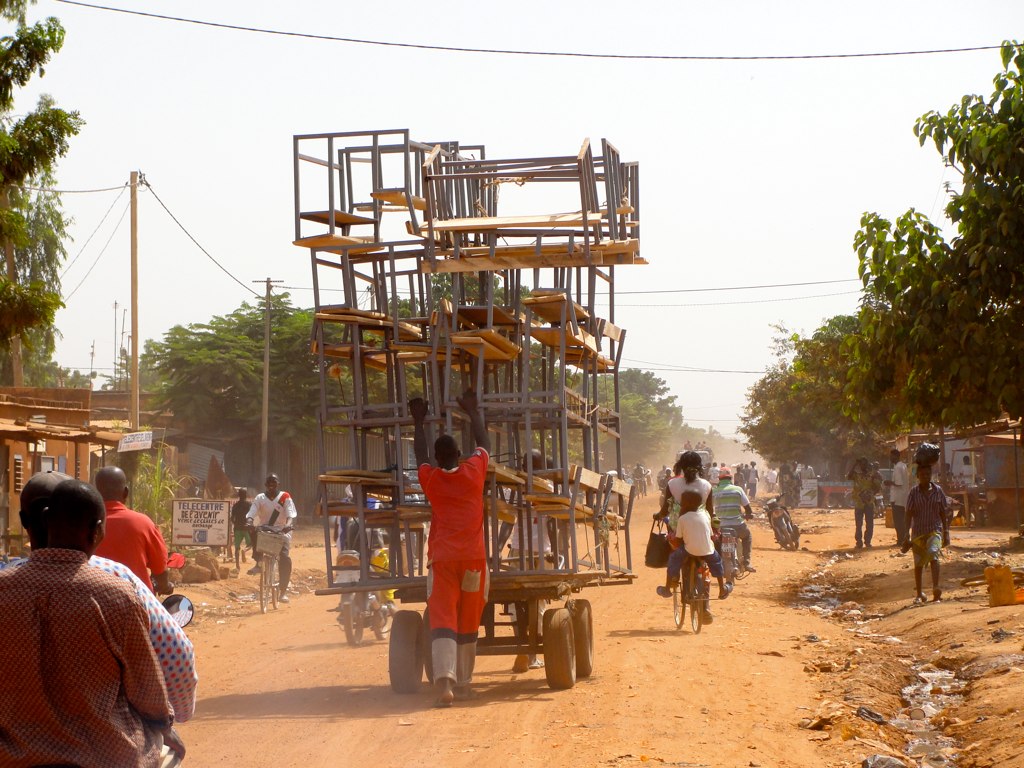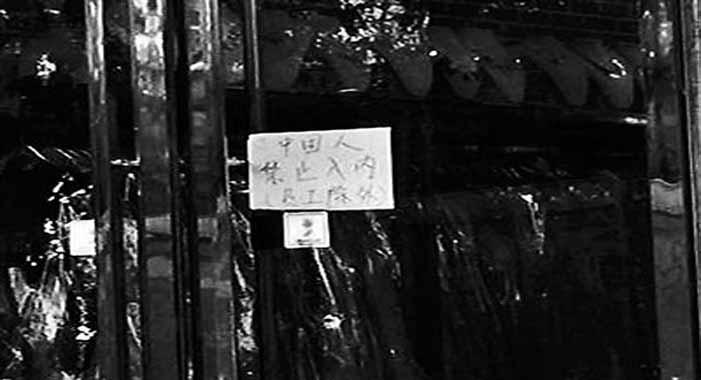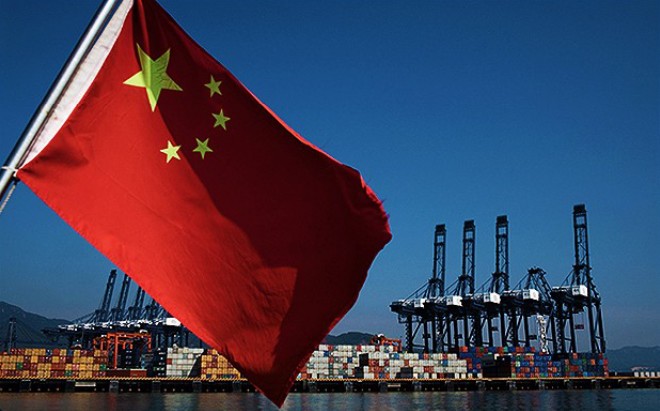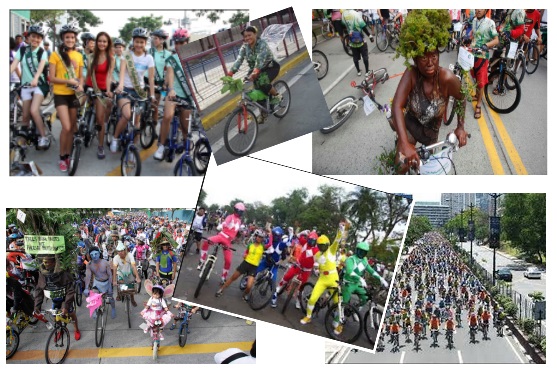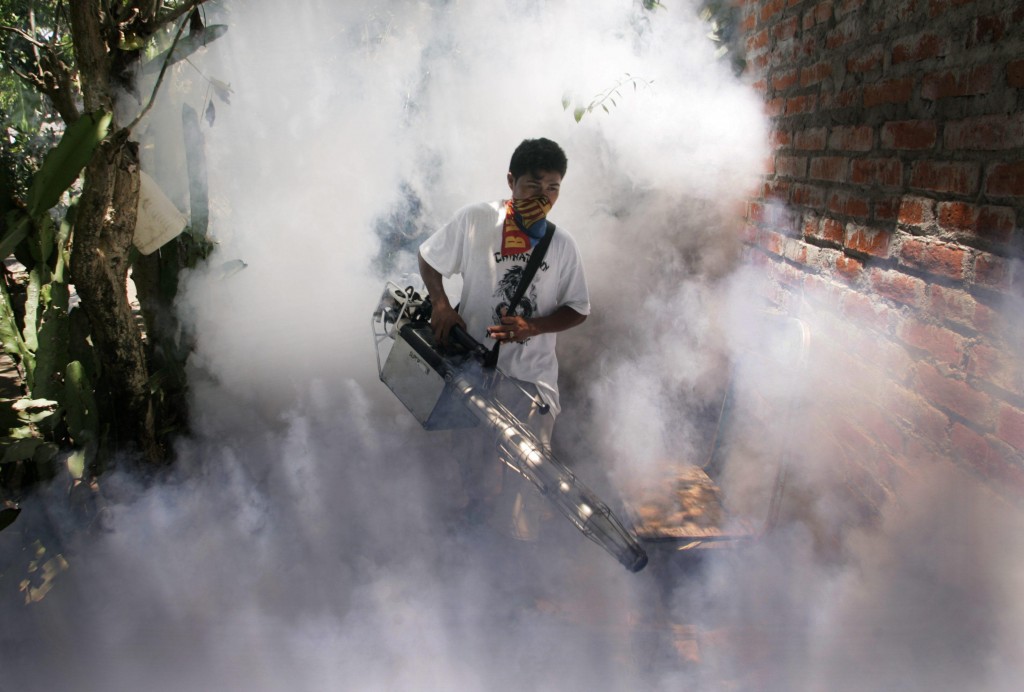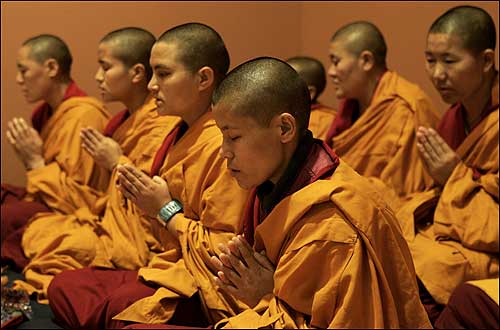Although the world’s poorest countries are thriving in terms of market values–over the past decade they have grown vigorously due to rising developmental aid and export prices–the people of those countries are trapped in a system in which poverty cannot be reversed–a phenomenon newly identified by UNCTAD and termed the “LDC paradox.”
“The world’s 48 least developed countries (LDCs) are the battleground on which the post-2015 development agenda will be won or lost,” stated the United Nations Conference on Trade and Development (UNCTAD) in a newly released report. “Its success will depend on action by the international community and the LDCs to structurally transform their economies and break the vicious circle of human and economic development that has trapped these countries in poverty.”
The poorest 48 countries are failing to meet the UN’s Millennium Development Goals (MDGs) while growing economically. Growth in the least developed countries exceeded the seven percent target set by the international community. The LDC world even outstripped the rest of the developing world after the 2008 financial crisis, a time when LDCs grew an average of just under six percent per year, despite the uncertainty of export prices and a slowing of aid funding from donor countries facing austerity measures.
 Of the MDG target countries, only one is on track to meet all of the MDG goals–the Lao People’s Democratic Republic.
Of the MDG target countries, only one is on track to meet all of the MDG goals–the Lao People’s Democratic Republic.
This failure to meet MDG targets despite strong growth has been dubbed the “LDC paradox” by UNCTAD.
“The economic performance of developing countries is based on two separate but interrelated processes: increasing labour productivity and productive structural transformation,” the report found. ” Structural transformation has different dimensions, especially changes in the composition of output, employment, exports and aggregate demand.”
“Under favourable economic and institutional conditions, a rise in labour productivity leads to a rise in output, and thus to higher incomes,” the report continued. “However, higher labour productivity also gives rise to trade-offs. For LDCs, the crucial trade-off relates to aggregate employment. Employment growth is limited if faster productivity growth is not accompanied by faster expansion of aggregate demand. Indeed, without strong demand for output, a rise in labour productivity could even reduce employment.”
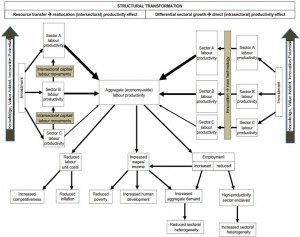 Although the LDCs are experiencing unprecedented growth, this growth is not accompanied by the creation of decent jobs in higher-productivity activities.
Although the LDCs are experiencing unprecedented growth, this growth is not accompanied by the creation of decent jobs in higher-productivity activities.
The problem, as UNCTAD identifies it, is that policy makers don’t recognize the need for a framework of upward-tending development that would lead to real transformative growth.
The goal of the UN’s post-2015 development agenda is total eradication of poverty by 2030–zero poverty everywhere within 15 years. According to the report, meeting this goal will depend mostly on LDCs, in which lies the biggest developmental challenges
The report identified three key approaches to meeting MDG targets: mobilizing resources for investment, directing these resources towards transforming economies and establishing macroeconomic policies that promote investment and demand growth.
Diversifying rural economies was also identified as critical to eradicating poverty, and crucial to this was the inclusion of women, who are particularly important contributors to social and economic development in rural areas, according to the report.
The core of the agenda, UNCTAD concluded, should be a virtuous circle between economic and human development, in order to reverse the vicious cycle of the LDC paradox.
“For LDCs, greater progress in economic development will require not only economic growth, but also a dynamic transformation of their economies,” found UNCTAD.
Photos: Rod Waddington, Jeff Attaway
